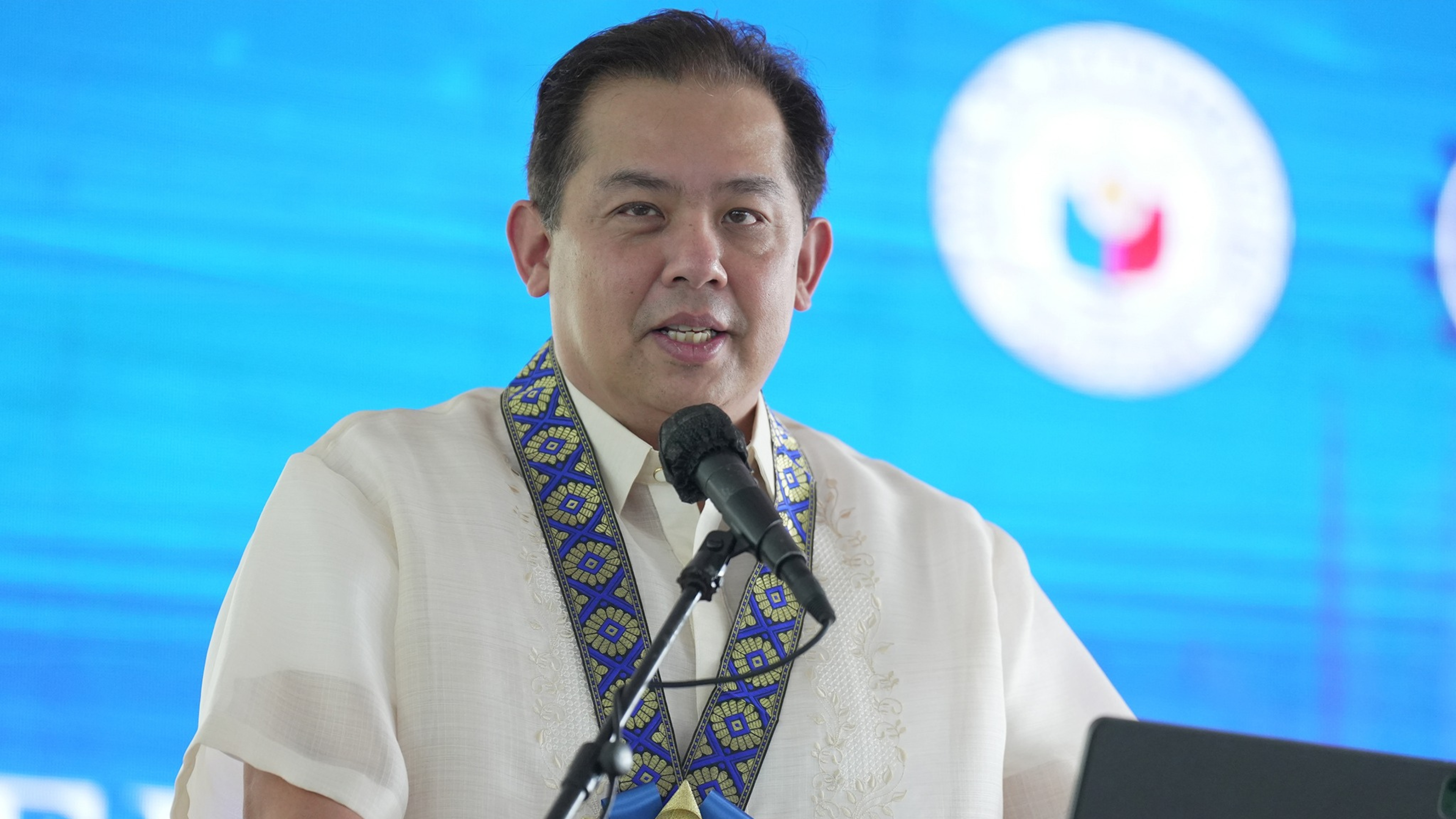Speaker lauds US, Japan support for railway project linking Subic, Clark

House Speaker Martin Romualdez | PHOTO: Official facebook page of the House of Representatives of the Philippines
Speaker Martin Romualdez on Friday welcomed the United States and Japan’s commitment to support the development of a railway project linking Subic Bay Freeport and Special Economic Zone, Clark Freeport Zone and Batangas province.
The planned Luzon Economic Corridor, which will connect Subic Bay, Clark, Manila, and Batangas in the Philippines, was launched during President Ferdinand Marcos Jr.’s trilateral meeting with US President Joe Biden and Japan Prime Minister Fumio Kishida in Washington.
Subic Bay covers Olongapo City, the municipalities of Subic in Zambales province, Hermosa and Morong in Bataan, while Clark Freeport Zone expands to Angeles City and the provinces of Pampanga and Tarlac.
READ: Trilateral event at Indo-Pacific forum to eye Luzon corridor investments
“The commitment of the United States and Japan to support a railway project linking Subic-Clark-Batangas is a remarkable achievement of President Marcos,” Romualdez said in a statement.
Article continues after this advertisementThe world leaders said the corridor would be part of the Partnership for Global Infrastructure and Investment (PGI)-IPEF Accelerator that was formally launched in June 2022 at the G7 Summit in Germany.
Article continues after this advertisementUnder the PGI, the G7 could offer low and middle-income countries financing choices for infrastructure development to advance climate and energy security, digital connectivity, health security, as well as gender equality and equity priorities. The G7 aims to mobilize $600 billion (P33.9 trillion) in public and private funding for infrastructure by 2027, including investments in high-impact infrastructure projects.
In the case of the Philippines, the United States and Japan have outlined plans to invest in rail, ports modernization, clean energy and semiconductor supply chains and deployments, agribusiness, and civilian port upgrades at Subic Bay.
Once finished, the railway is envisioned to speed up and lower the costs of cargo movement in the targeted freeport zones.
“By diverting cargo away from roads, the railway project could help ease traffic congestion in Metro Manila,” Romualdez said.